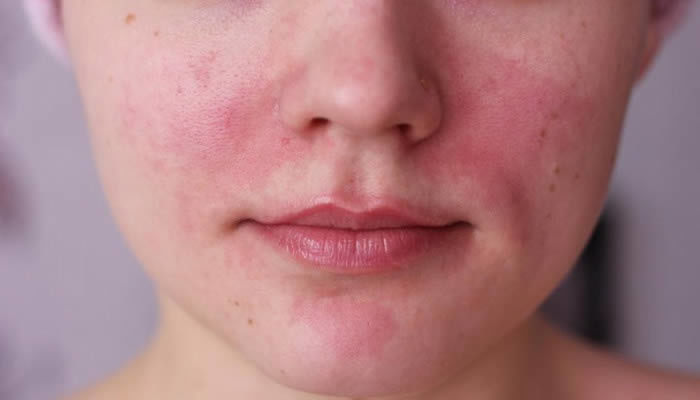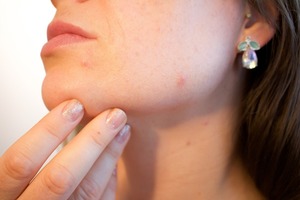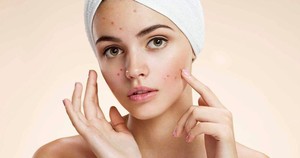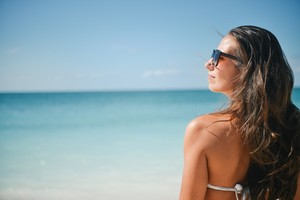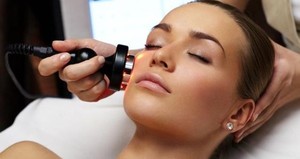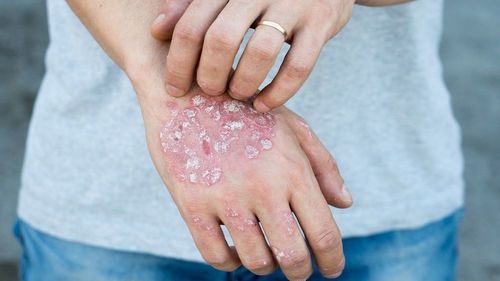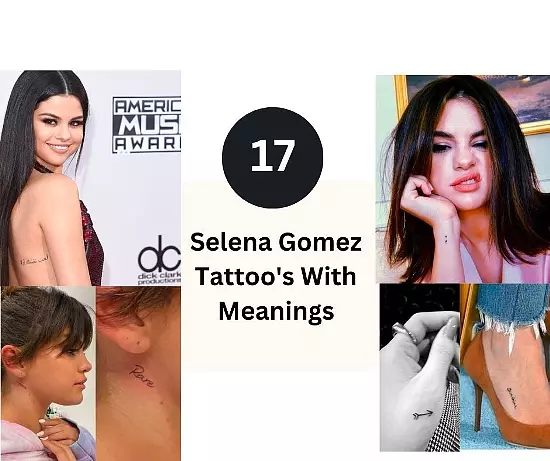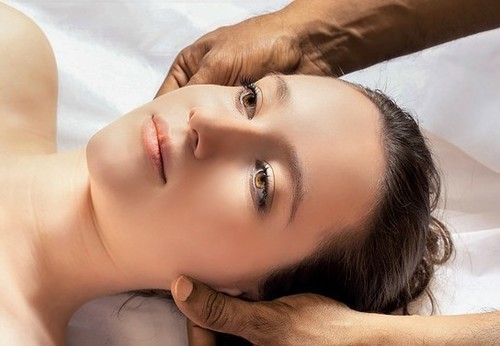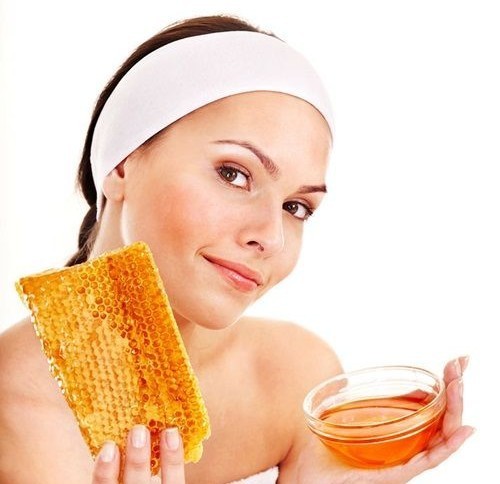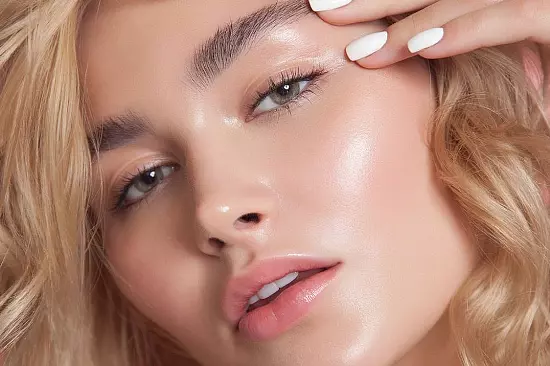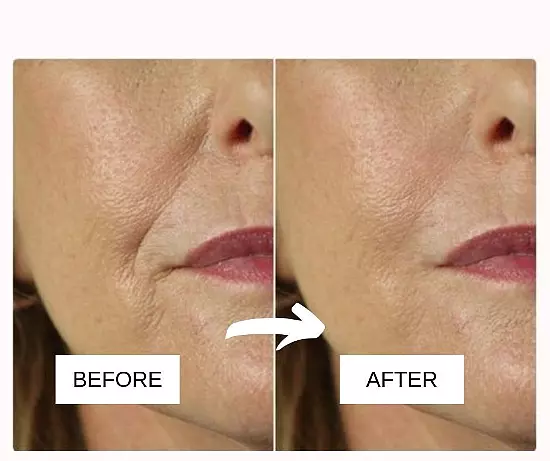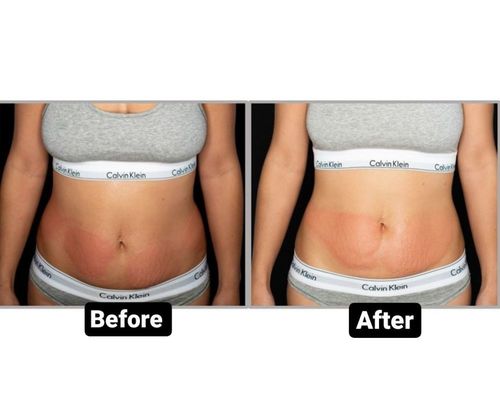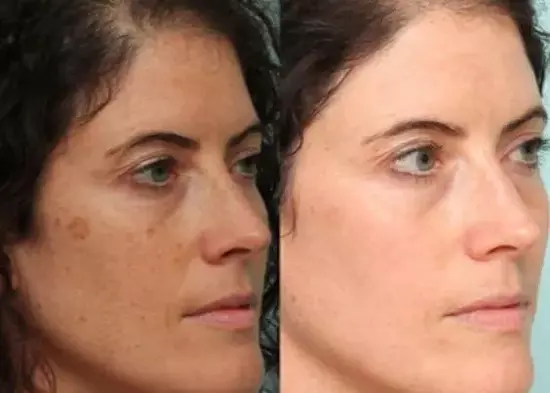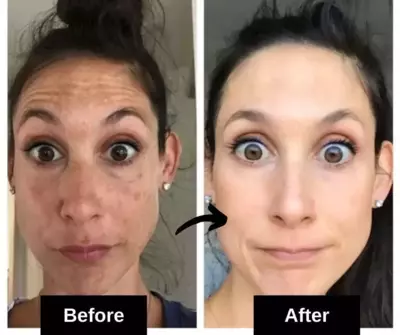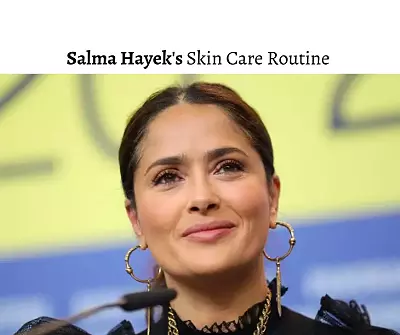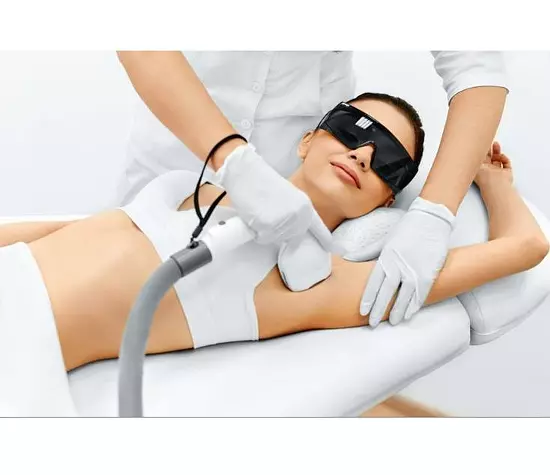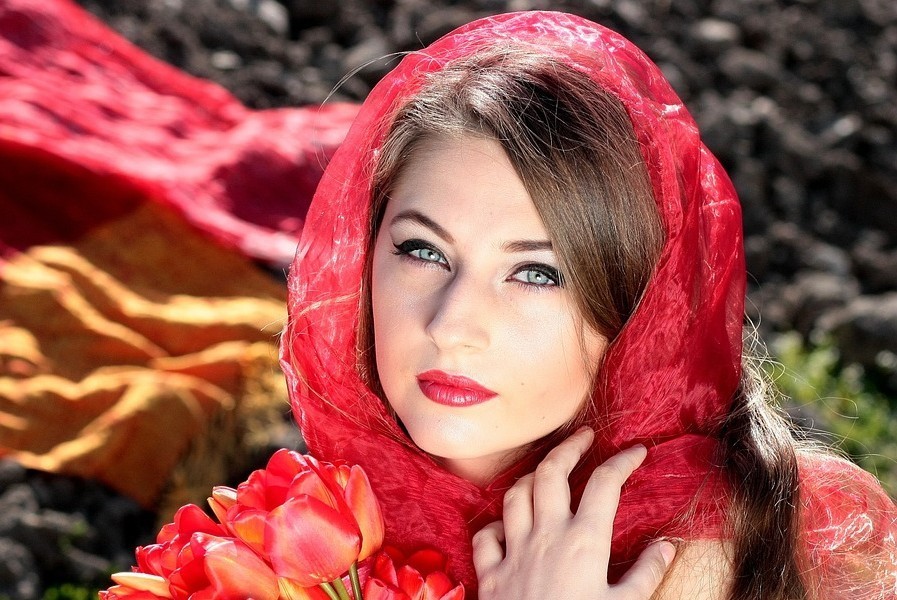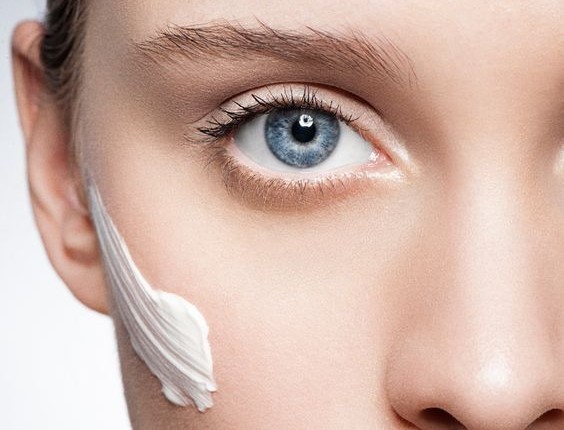Acne Rosacea: Causes, Treatment And Skin Care Guidelines
Sweta
Updated At 14 Sep 22
Are you facing the problem of acne? Are you worried that even after trying multiple options the acne issue still exists?
Persistent issues with acne may point to acne rosacea or other issues, so you need to be careful.
We list acne rosacea, its causes and the rosacea treatment you should ideally go for to get rid of this acne problem.
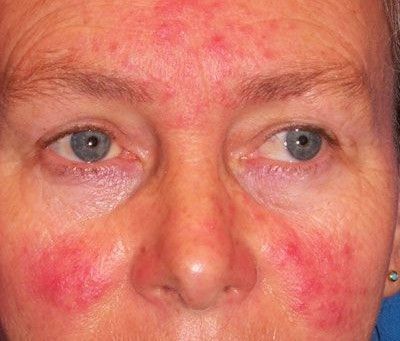
What is acne rosacea?
Acne rosacea is a chronic skin disease that begins as an acne condition mostly around the centre of the face. This condition leads to the forming of tiny red bumps on the face and gradually results in flushing the face with redness. The only major areas affected by acne rosacea are cheeks, chin, nose and even forehead.
Even though women are more prone to developing acne rosacea, men tend to develop this disease in a more severe form.
Usually, rosacea does not take a severe form as a disease, but if not treated correctly in time; it may lead to excessive redness of the face and can highly disturb the texture of the skin as well.
Types Of Rosacea
Normally, there are four main types of rosacea:
1. Erythematotelangiectatic Rosacea: Associated with excessive redness of face and flushing, making the blood vessels highly visible on the face.
2. Papulopustular or acne rosacea: Associated with pimples and breakouts. Middle-aged women are most likely to get affected by this kind of rosacea.
3. Rhinophyma: A rather rare form, associated with thickening of the skin around your nose. It usually affects middle-aged men.
4. Ocular rosacea: As the name related, this kind of condition revolves around the eye area.
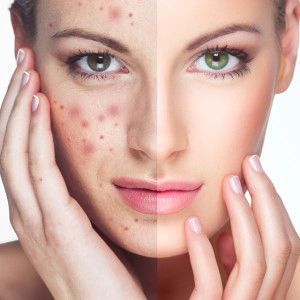
Acne Rosacea Diagnosis
Many a times, acne rosacea is simply mistaken with a normal acne condition and most people fail to identify the fact that they are suffering from a skin disorder.
Even though there is no exclusive lab test for diagnosing this disease, but a dermatologist can discover that the condition is not acne, but actually rosacea.
The doctor runs the diagnosis after a thorough examination of patient’s skin, various triggers and the visible symptoms. The presence of enlarged vessels and rashes indicate the difference between normal adult acne and rosacea disease.
People should pay a visit to their dermatologist as soon as they notice any symptoms.
Early diagnosis and prompt treatment subsequent to it can highly reduce the progression of acne rosacea.
Acne Rosacea Symptoms
The general symptoms and signs associated with rosacea are easily visible on every patient.
But certain specific ones can vary from person to person
The most common symptoms are:
1. Flushing: Flushing instances can last for about 6-7 minutes. The blush can go even from face down towards chest and neck. It also feels extremely unpleasant and hot during summers.
2. Hyper-reactivity: Rosacea causes sensitive skill cells and blood vessels which can dilate very easily if mixed with physical stimuli like sunlight. Thus, making the skin hyper reactive to external forces.
3. Redness: Most times, flushing episodes are followed by insistent and prominent redness. The redness is not like sunburn and does not go away with time. This situation usually arises due to dilating of facial skin.
4. Breakouts: Rosacea leads to small pimples, pustules, papules and even spotting and not like the general acne, but a severe form of the same.
5. Expansion of blood vessels: As the rosacea symptoms progress, the small blood vessels on the cheeks and the nose swell up and becomes extremely visible on the skin, appearing like tiny spider webs and giving a blotchy look to the skin
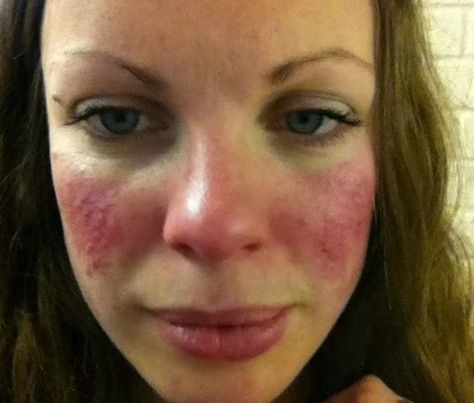
Rosacea Causes
Various experts have found different triggers for rosacea including dilating of blood vessels, certain kinds of mites and bacteria or even hereditary reasons.
While the exact reason for acne rosacea has not been found yet but there are certain internal and external factors that pile up to cause this condition.
Some of the most common rosacea causes are as follows:
1. Emotional stress: Mental health of a person plays a major role affecting the skin condition. Factors like stress, depression, anxiety and anger can lead to acne, breakouts and even rosacea in the long run.
2. Food habits: Skin health is directly linked with the eating habits of a person. Unhealthy diet regime with hot foods, aerated drinks, spicy food, caffeine, alcohol and excessive dairy products can trigger rosacea acne condition.
3. Weather conditions: The rapid changes in climatic conditions or being exposed to extreme sunlight, wind or humidity can cause an imbalance to blood vessels of facial skin that could be one of the major acne rosacea causes.
4. Sensitive skin and tones: People with sensitive skin and lighter skin tone or complexion are more prone to suffer from rosacea as compared to others.
5. Mites and bacteria: Demodex mites and H.Pylori bacteria found in the human body can trigger this disease when the percentage present in the body increases than the normal level; ultimately causing the skin to dilate.
6. Family history: Hereditary can also be a major reason for this condition, many patients with rosacea have some or the other family member or close relative suffering from this disease.
7. Irregularities in facial blood vessels: Many dermatologists suggest that blood vessels on the face might undergo certain abnormalities, causing flushing and redness of these blood vessels which ultimately lead to inflammation of the facial skin.

Rosacea Treatment
Rosacea does not have an absolute cure, but it can definitely be controlled to an extent if treated correctly.
In fact, if rosacea is not treated on time it can always get worsened with time. However, don’t try and experiment with the counter acne products without having the proper knowledge about it.
Always consult a dermatologist before taking any precautionary measure for rosacea. A professional will correctly diagnose your problem and will treat the same accordingly.
One broadly has 2 options for rosacea treatment:
1) Non - Natural rosacea treatment
2) Natural rosacea treatment
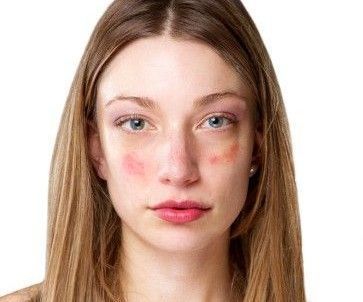
Rosacea Treatment - Non Natural Options
The most commonly used rosacea treatment options are:
1. Topical Medication
Rosacea treatment may involve topical medication like ointments, oil, face wash or cream which are applied to specific infected areas externally.
One can use these products a few times a day to keep the face clean.
In terms of popular face washes for rosacea, Neutrogena ultra gentle daily cleanser and skin laundry hydrating cream wash are found out be the best face washes for rosacea.
2. Oral medication
The medicine course or certain oral anti-biotic pills are prescribed by the dermatologist. Usually these come with the anti-inflammatory properties.
3. Laser treatment
Laser treatment is the ultimate solution for any kind of skin problem. Mostly, for patients with the more prominent blood vessels; intense pulse light is used to shrink them.
Even though the procedure is painful, it can be tolerated by the patient with the use of anaesthesia.
Laser treatment also brings along a lot of complications like crusting, bruising, tenderness, swelling or even infection to some people; but they tend to disappear after a few weeks. This treatment also works for other form of acne like acne vulgaris.
4. Plastic surgery
When acne rosacea reaches a severe level and causes bulbous swollen nose, thick bumps and puffy cheeks, it is advisable to consult a plastic surgeon.
In this process, the scalpel or laser surgery is performed to remove the excess tissue from the thick skin and modify the nose.
Rosacea treatment will show the results only if you keep following the doctor’s regime after the treatment.
Make sure you attend all the follow-up appointments, get the regular examination of your skin, take the medication on time and adhere to a healthy lifestyle to reduce the possible side effects.
Rosacea Treatment - Natural Options
Apart from these non natural rosacea treatments, there are several natural remedies for rosacea that can be followed in the early stages of rosacea to minimize the exposure.
Some of the best pick home remedies for acne rosacea are:
1) Natural oils
Ingredients: 1 table spoon of coconut/chamomile oil
How to: Dip a cotton pad in the oil and leave it for a few minutes. Apply the pad gently on the affected areas and leave it on for 1o minute approx.
Frequency: Use thrice a week
Why it works: Some of the natural oils like chamomile essential oil and coconut oil are a great rescue products for any skin conditions.
The herbal rosacea treatments involve these home-made natural oils, acting as a moisturizer, anti-oxidants and anti-inflammatory.
2) Aloe vera gel
Ingredient: Take the freshly cut aloe vera leaf and scoop out the gel from between.
How to: Gently massage the affected areas very slowly with the aloe vera gel, leave it on for 7-10 minutes and rinse it off with cold water.
Frequency: Apply aloe vera on the affected areas twice a day.
Why it works: Aloe Vera is nothing less than a magic therapeutic plant with great healing properties.
The gel inside has emollient and moisturizing effect on the skin
Tips To Control Rosacea
Some of the common lifestyle changes, general precautions and home remedies are as follows:
- Always wear a broad spectrum sunscreen whenever you are exposed to harsh sunlight.
- Keep your face covered most times during wintertime
- Refrain yourself from rubbing, scratching or touching the facial skin
- Avoid unhealthy food habits like oily and spicy good and consumption of alcohol and caffeine.
- Choose your cosmetic products wisely and avoid chemical based makeup as much as you can.
- Include green tea in your routine as it has anti-inflammatory properties that can reduce the redness and flushness.
- Use only the dermatologist prescribed best face wash for rosacea and other skin care products.
Acne rosacea is a chronic disease with no absolute cure yet, however with the balance of good skin care routine, healthy lifestyle and proper medication and treatment; the condition can be reduced to an extent.
Therefore, do not mistake the severe skin diseases like rosacea with a general skin allergy problems and consult a dermatologist as soon as you see a difference in your normal skin.
Related Articles

